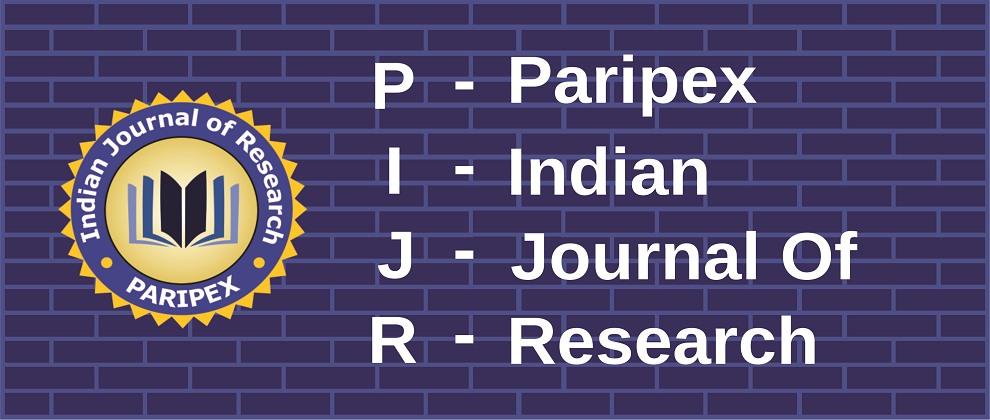Volume : VIII, Issue : XII, December - 2019
Predilection & Safety of transradial coronary intervention in the elderly population
Mahadevan V, Jaisankar P
Abstract :
Background Transradial artery access for coronary intervention procedures is a safe and beneficial technique1. The safety aspects are well established in young individuals2. Elderly patients have been considered as a higher risk due to increased vascular tortuosity, calcifications and other access site related complications in comparison to younger individuals3. This study was done to assess the feasibility, efficacy and safety of transradial coronary angiography or intervention in the elderly. Materials & methods: This study was conducted in the department of Cardiology, Chengalpattu Medical College Hospital in patients admitted coronary angiogram either for acute coronary syndrome or chronic stable angina during the period from November 2018 to April 2019. A total of 149 patients who underwent coronary angiography/ intervention through radial artery access were studied. Patients were divided into elderly population with age at or above 65 years (n = 24) & non elderly with age less than (n=125). Most of the patients who underwent procedure in both the groups are for acute coronary syndrome (ACS) than chronic stable angina (CSA) , elderly arm (ACS vs. CSA – 91.6% vs. 8.3%) & non elderly arm (ACS vs.CSA – 90.4% vs 9.6%). The two groups of population were analyzed with respect to complications such as vascular site bleeding, stroke, procedural time & access site cross over. Results: The mean age was 72 ± 3.3 years in the elderly group and 49 ± 5.3 years in the non–elderly group. Baseline serum creatinine values were slightly elevated in elderly arm. The procedural time was higher in elderly arm than non elderly arm both in diagnostic (16 min 20 secs vs.2 min 45secs) as well as in interventional (41min 32 secs vs.19 min 18 secs)procedures. But the volume of contrast utilized is same in both arms with average of 40ml vs 42ml in elderly vs. non elderly arm respectively. Occurrence of puncture site bleeding or occlusion of radial artery showed no difference between two arms. The procedure completion was equally safe in both elderly and non elderly group (85 % vs.86% ). Access site cross over rate due to vessel tortuosity was higher in elderly arm (8% vs. 1.5%) where as vasospasm was less in elderly compared to non elderly group (2.4% vs 7%). No case of thrombotic or bleeding risk or stroke were seen in both the arm. Conclusion: Transradial coronary angiography or intervention is safe and complication rates are comparable with those in non elderly patients. Procedural time for the completion of procedure is high in elderly than in non elderly due to tortuous vessel anatomy, difficulty in engaging the coronary artery & operator efficacy etc.
Article:
Download PDF
DOI : https://www.doi.org/10.36106/paripex/1200232
Cite This Article:
PREDILECTION & SAFETY OF TRANSRADIAL CORONARY INTERVENTION IN THE ELDERLY POPULATION, Mahadevan V, Jaisankar P PARIPEX-INDIAN JOURNAL OF RESEARCH : Volume-8 | Issue-12 | December-2019
Number of Downloads : 466
References :
PREDILECTION & SAFETY OF TRANSRADIAL CORONARY INTERVENTION IN THE ELDERLY POPULATION, Mahadevan V, Jaisankar P PARIPEX-INDIAN JOURNAL OF RESEARCH : Volume-8 | Issue-12 | December-2019


 MENU
MENU

 MENU
MENU






